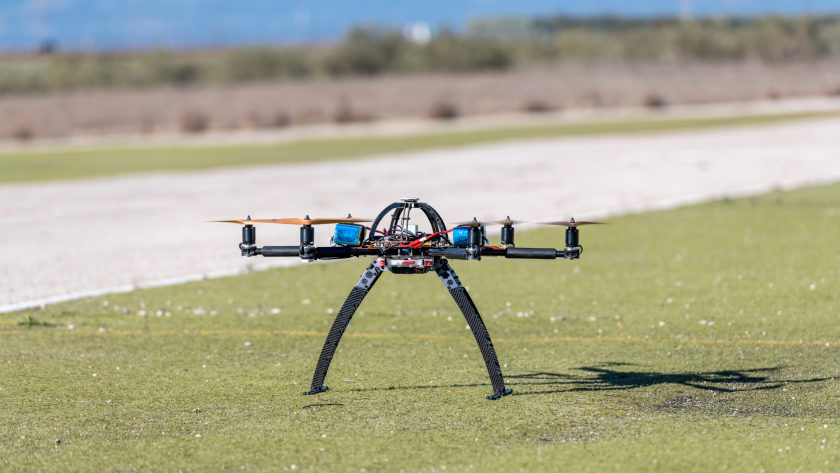The UK Civil Aviation Authority (CAA) has published a roadmap for a future in which drones carry out tasks like transporting specialised chemotherapy drugs to hospitals, mail to remote locations and carrying defibrillators to emergencies.
The plan focuses on two critical milestones: demonstrating beyond visual line of sight (BVLOS) activities by the end of this year and establishing routine BVLOS operations by 2027. The CAA first aims to demonstrate integrated BVLOS operations within Temporary Reserved Area (TRA) Sandboxes, which will provide a test and evaluation capability to inform the authority’s understanding of safe operational use and integration with other airspace users. This will evolve into the demonstration phase, creating areas of airspace where UAS are able to operate together and with other airspace users.
Integrating BVLOS operations into the UK’s airspace presents many complex challenges and the CAA is working with industry to fully understand these challenges. The CAA says that the new document will “evolve with industry ensuring that the sector is a constant part of the journey to enable UK BVLOS operations”.
“We are aware that existing regulation and authorisations already permit certain operations such as overflight of uninvolved people and management of multiple simultaneous UAS operations when demonstrably safe,” the document states, adding that they currently do not allow operations at scale.
Sophie O’Sullivan, Programme Director for Future of Flight at the Civil Aviation Authority, said:
“Drones have the potential to transform our lives but to make that future possible we need to lay strong foundations for the future. Our delivery model shows how we will protect the public while enabling this exciting new technology. It is vital that we create the right rules and regulations that current and new airspace users are all happy with while maintaining the highest safety standards.”
The CAA’s delivery model is designed to help guarantee that BVLOS operations in the UK are run safely. This includes checking safety features in drone technology, comprehensive pilot training, and enabling the sharing of the UK’s airspace safely.
“Through the Safety at Scale project, the CAA will review its existing safety systems, processes, and procedures to ensure they are fit for purpose in the context of enabling new entrants and drive improvements where required,” the document states. “These improvements will be designed to scale to accommodate for the increase in demand from new entrants and the methods by which they can be incorporated into the wider CAA Safety Risk Management (SRM) process.”
In addition, a new remote pilot competence scheme will expand on the CAA’s existing scheme to support a wider range of complex operational scenarios through the introduction of new certification levels.
BVLOS operators need to demonstrate how they can deploy detect and avoid (DAA) or other mitigations to safely integrate with other aircraft within the integrated airspace. The CAA anticipates that the availability of a Flight Information Service (FIS) with specific traffic information, for example, in the form of a data feed supplied by the ANSP will, in many cases, form a fundamental part of an operating safety case for the BVLOS operator. The document notes that the ability of an ANSP to charge for additional services such as a surveillance feed or an enhanced FIS to specific users requiring these services needs to be fully examined and developed.
“In the medium term (e.g. by 2027) we expect UAS to fly in integrated airspace with other aircraft using ATM services supported by an ANSP, DAA and EC capabilities. These UAS will be able to operate with freedom within their specified airspace structure and remain clear of other participating air traffic based on the associated system criteria for both air to air and ground to air DAA.”
The CAA is welcoming input on the strategy and expects to receive feedback via mechanisms that include existing stakeholder working groups, working with academic experts and local government, as well as regular dialogue with industry and central government stakeholders
For more information




